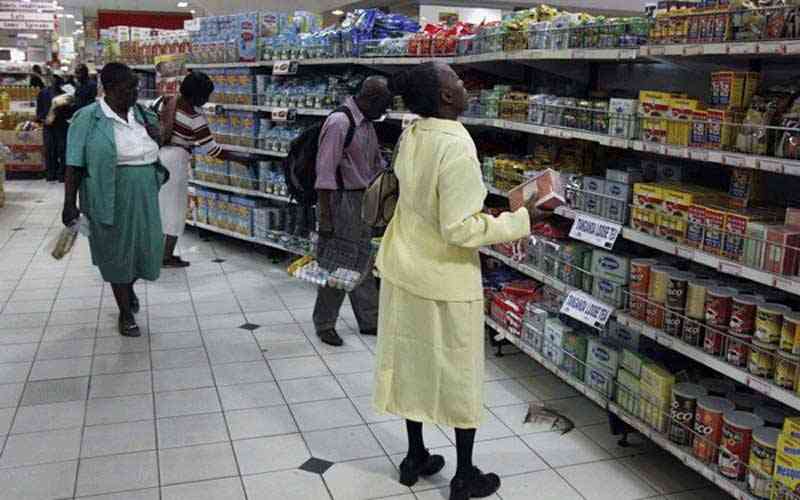
THE World Food Programme (WFP) says the cost of basic goods has risen by 493% in the year to September 30, 2022 in urban areas, leaving many struggling to get by.
In its latest food security monitoring report for September 2022, WFP acknowledged the recent stabilisation of the exchange rate but noted that the prices for basic goods and services were still elevated.
The stabilisation has to do with the government controlling the money supply by making it more expensive for private sector borrowing and reviewing purchases from its suppliers.
Residents are struggling with price volatility owing to the Zimbabwe dollar continuing to depreciate resulting in consumer incomes being eroded monthly.
“Data on the prices and availability of basic commodities in rural markets was not available hence this report focuses on the urban markets.
“The cost of the basic food basket in ZWL terms decreased by 5% month-on-month, but year-on-year it increased by 493%,” WFP said, in its report under review.
“In USD terms, the average cost of the basic food basket decreased by 6% compared to the previous month, and increased by 6% compared to the same time during the previous year.”
WFP continued: “Stability in the price of basic commodities when compared to the previous month has been noted, however, when compared to the past six months and one year, the price changes remain high and continue to present challenges for the vulnerable households whose income is mainly in ZWL.”
- DPC pays out $139 million
- Zimdollar shortage hits market
- Nedbank Zim profit surges
- Editor's Memo : Clean up procurement corruption
Keep Reading
The main drivers of the increases as compared to last year were noted to be fuel, fertiliser as well as price increases in other non-food commodity items such as laundry and bathing soap.
The United States Agency for International Development, through its food security arm said: “Prices of most goods and services are expected to remain well above normal — therefore inaccessible for poorer households.
“The auction and interbank rates are expected to continue to increase and further align, reducing the gap with parallel market rates.”










